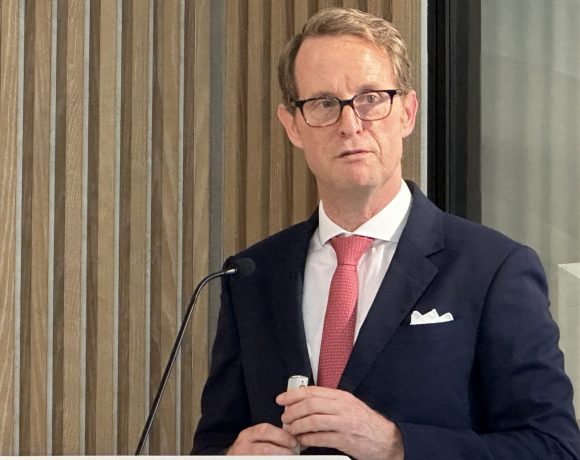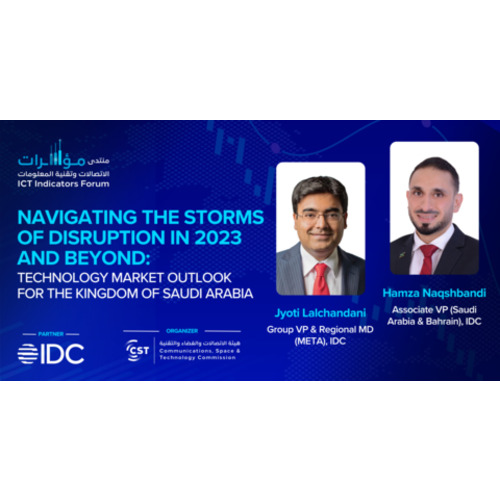Digital commerce spend set to reach $34 trillion by 2029

Driven by growth in emerging markets
A new study has revealed that global digital commerce spending will surge by 65% from 2024 to 2029, reaching an estimated $34 trillion by the decade’s end. This significant growth, up from $23 trillion in 2024, is primarily attributed to the expanding digital economies in Latin America and Asia Pacific, regions where improved infrastructure and increasing access to local payment methods are unlocking new opportunities in eCommerce.
The Global Digital Commerce Market 2025-2029 study by Juniper Research, a leading authority in fintech and payment markets, offers a comprehensive breakdown of digital commerce spending across various sectors. These include digital money transfers, digital and physical goods purchases, digital ticketing, banking services, and NFC and QR code payments.
Growth in emerging markets to propel global expansion
According to the research, the most substantial growth will come from emerging markets, particularly Latin America and Asia Pacific. With eCommerce in developed markets becoming increasingly saturated, these regions represent the key to global growth for international digital commerce platforms. Juniper’s analysis predicts that between 2024 and 2029, the value of digital commerce in Latin America will grow 241% higher than that in North America, presenting a major opportunity for businesses to capitalise on.
Nick Maynard, the lead author of the research, emphasised the importance of tailoring strategies to cater to these emerging markets. He explained that while cards have historically been central to the growth of digital commerce in developed countries, businesses must now look beyond card payments to tap into the rapidly expanding markets of Latin America and the Asia Pacific.
“While cards have been instrumental in developing digital commerce in mature markets, international merchants must adapt their payment offerings to accommodate the specific needs of emerging markets. Enabling local payment methods, such as digital wallets and account-to-account (A2A) payments, is crucial for reaching large populations who may not have access to credit cards,” said Maynard.
“As A2A payments become increasingly common in developed markets, platforms must prioritise these payment methods globally to support the next growth phase.”
The rise of alternative payment methods is critical in driving digital commerce in regions with limited bank account penetration and card ownership. By integrating local payment solutions, platforms can offer a more inclusive shopping experience and encourage wider adoption of eCommerce services in these high-growth areas.
In-depth market analysis and forecasts
Juniper’s research suite extensively examines the digital commerce landscape, offering detailed market analysis and forecasts for 60 countries. With over 30,000 market statistics, the report provides an unparalleled look into current and future market trends and identifies opportunities and challenges in the rapidly evolving digital commerce space.
The study also illuminates sector-specific growth drivers, such as the increasing popularity of digital goods and services, the adoption of mobile payments, and the expansion of digital ticketing in the travel and entertainment sectors. NFC and QR code payment methods are expected to see robust adoption as mobile-first populations in emerging markets continue to grow.
The path forward for digital commerce
The outlook for global digital commerce is optimistic, with a projected annual growth rate of 13% leading up to 2029. As the digital economy expands and diversifies, businesses operating in digital commerce must be agile and innovative in their approach to emerging markets. With the right strategies, including local payment integrations and targeted offerings, platforms can ensure they remain at the forefront of the digital revolution.
Image: The rise of alternative payment methods is critical in driving digital commerce in regions where bank account penetration and card ownership are still limited. Credit: Andrea Piacquadio













